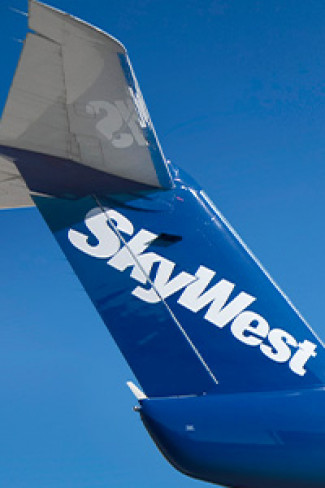Why Flight Instructors Are Under New Review

On June 21, 2019, a twin-engine Beechcraft King Air 65-A90 crashed shortly after take-off in Mokuleia, Hawaii. Unfortunately, the pilot and 10 passengers did not survive.
Since the incident occurred, the National Transportation Safety Board (NTSB) has investigated the event thoroughly. Based on the report issued earlier this month, the pilot received insufficient training, which led to the incident. As a result, flight instructors are now coming under review for potential new regulation. Find out more below.
Who is the NTSB?
Formed in 1967, the NTSB, or National Transportation Safety Board, is charged with reviewing accidents, including those in aviation. During these reviews, an NTSB team is responsible for investigating why a crash or related incident occurred, which is then compiled into a report.
To-date, NTSB has made over 14,000 safety recommendations. Of them, over 70% of the suggestions have been implemented. For example, in aviation, the following were added due to reports from the NTSB:
-
Collision avoidance tech added to address potential mid-air hazards
-
Warning systems to alert pilots to proximity related issues on the ground
-
Wind shear detection while airborne
-
Alert systems specifically for wind shear
-
Smoke detectors added in bathrooms
Why NTSB Issued a Flight Instructor Recommendation
In the January report, the NTSB stated the pilot flying the 65-A90 was inadequately trained:
“Even though the ... flight instructor endorsed the accident pilot for a private pilot certificate with an airplane single-engine land rating, an instrument airplane rating, and a commercial pilot certificate with an airplane multiengine land rating, the accident pilot did not pass the checkrides for each on the first attempt.”
The FAA, or Federal Aviation Association, found further evidence of the same conclusion when they analyzed the performance records of other students instructed at the same aviation school.
According to the FAA, less than 60% of students passed the checkride portion during the first try. This paltry rate should have alerted authorities to the training issue at this particular school. Uder current regulations flight instructors can remain legally qualified to teach even with a low success rate for their pilots. Currently there are two ways to renew a pilot instructor license:
-
At least five students pass a practical certification test or rating with 80% within 2 years
-
Complete a refresher training course covering either ground or flight
The flight instructor related to the June 2019 accident completed the ground training course and was able to renew certification.
The NTSB stated in the January report they are “concerned that the substandard pass rate of the accident pilot’s flight instructor did not trigger any FAA surveillance and that other flight instructors with similar (or lower) pass rates might not receive any FAA surveillance.”
Because a low pass rate for students doesn’t necessarily disqualify instructors, the NTSB recommends “additional FAA oversight of such instructors ... to help improve their performance and identify those instructors who are not able to improve.”
The NTSB recommends additional FAA surveillance of instructors with low pass rates.
Should the FAA follow the recommendations issued in the NTSB report, a new notification system may be implemented to notify inspectors of flight instructors with low pass rates. To read the NTSB report, go here.
-

Airshare 07/22/2024
-
Alpine Air 07/18/2024
-

Atlas Air 07/17/2024
-

Piedmont Airlines 07/10/2024
-

SkyWest 07/09/2024
 AIRLINE PILOT CENTRAL
AIRLINE PILOT CENTRAL